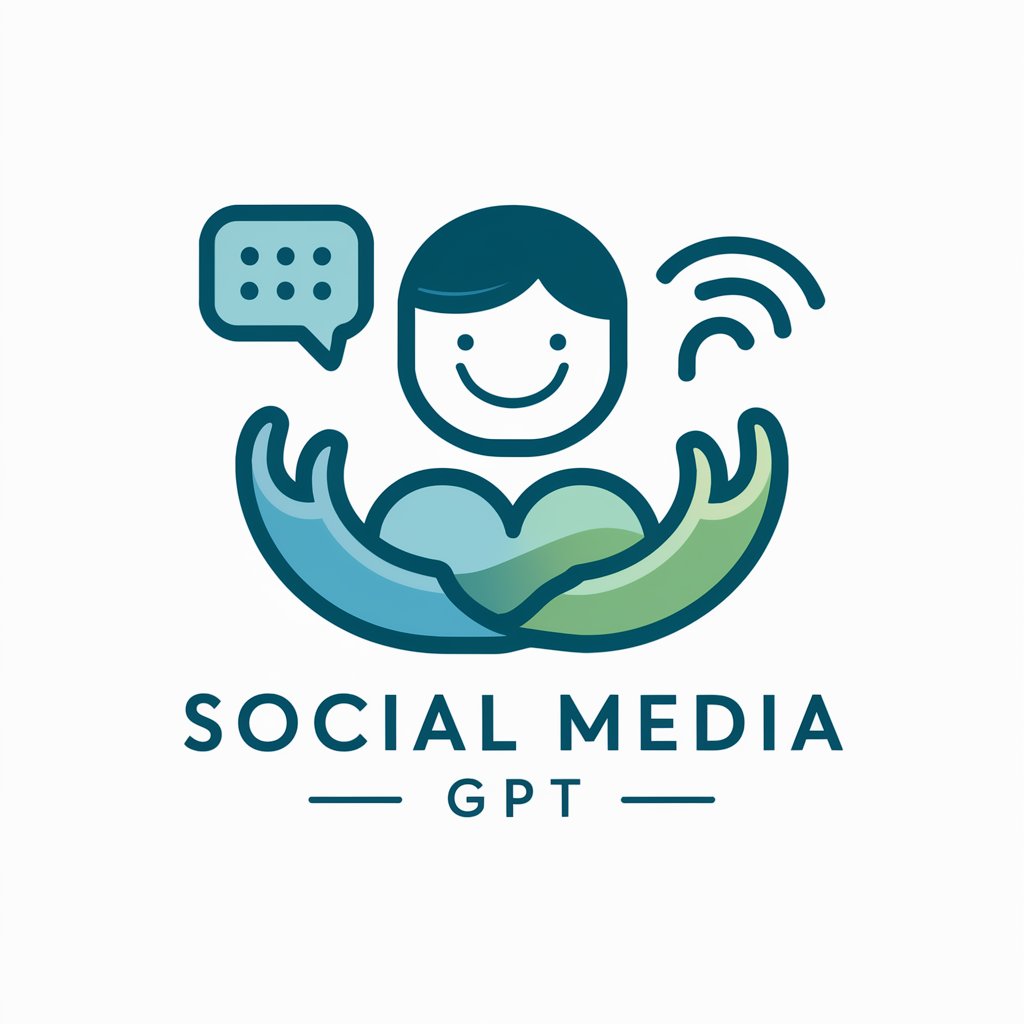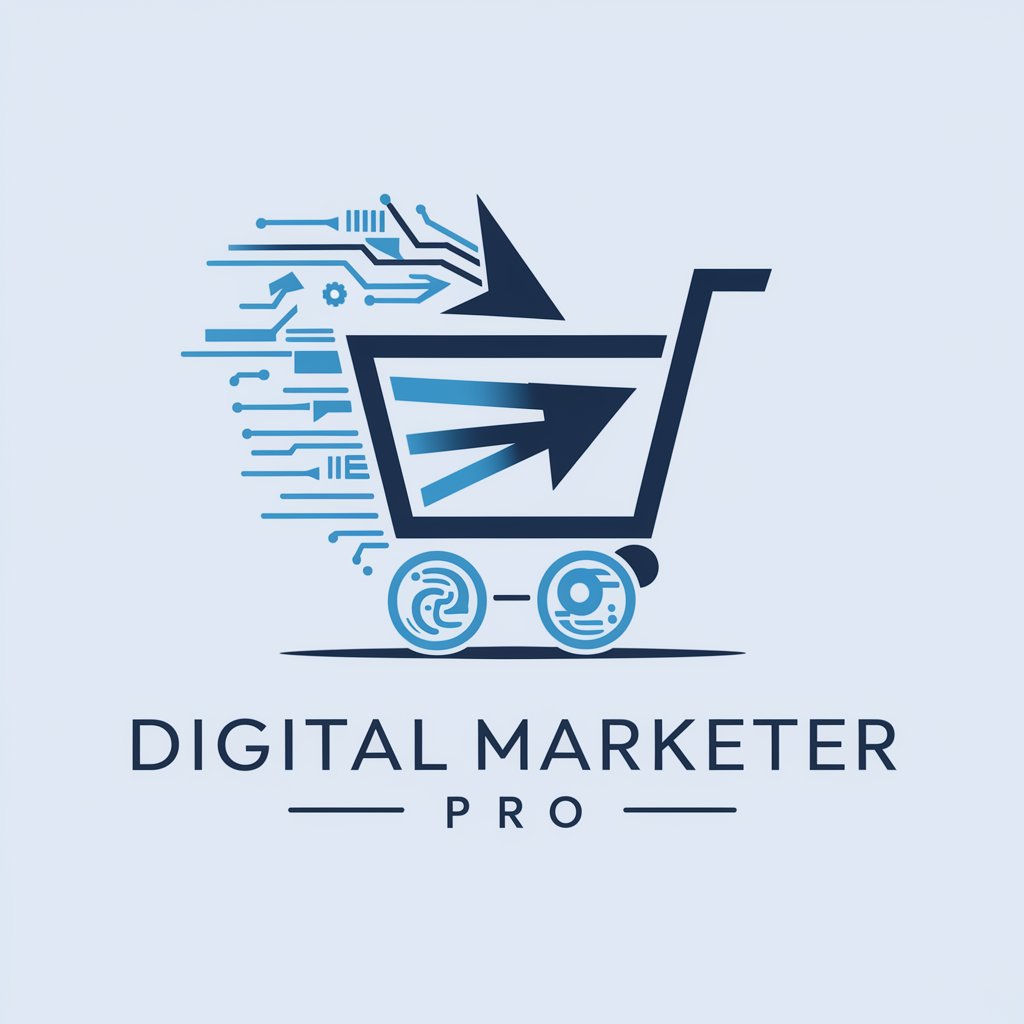Social Media - Social Media Engagement

Hi there! Ready to enhance your social media game?
Empower Your Online Presence with AI
How can I improve engagement on my social media posts?
What are some effective strategies for building a personal brand online?
Can you suggest ways to manage my online presence more efficiently?
What are the latest trends in social media marketing?
Get Embed Code
Understanding Social Media: Functions and Design Purpose
Social Media, as a digital platform, is intricately designed to foster communication, enhance interaction, and build relationships across various online communities. It serves as a bridge connecting individuals, businesses, and organizations, allowing for the seamless exchange of information, ideas, and content. This platform is tailored to support users in navigating the vast landscape of digital interactions, offering guidance on content strategies, online etiquette, and effective engagement techniques. For example, a user looking to expand their online presence might leverage Social Media insights to craft compelling content that resonates with their target audience, or a business could use strategic advice provided to optimize their marketing campaigns, increasing engagement and customer loyalty. Powered by ChatGPT-4o。

Core Functions of Social Media
Enhancing Communication Skills
Example
Providing tips on crafting engaging posts that encourage interaction
Scenario
An individual struggling to engage their audience might use these insights to improve post clarity, emotional appeal, and call-to-action, leading to increased comments and shares.
Building Relationships
Example
Guiding users in developing meaningful connections with their audience
Scenario
A brand looking to foster loyalty among its customer base could apply strategies to personalize interactions, respond promptly to inquiries, and actively participate in community discussions.
Content Strategy Development
Example
Advising on the creation of diverse content types tailored to platform-specific audiences
Scenario
A content creator could use guidance on analyzing audience preferences and trends to create a mix of educational, entertaining, and engaging content, enhancing their reach and impact.
Online Presence Management
Example
Offering strategies for managing and optimizing online profiles across platforms
Scenario
An entrepreneur could implement these strategies to ensure their online presence accurately reflects their brand identity, engages their target demographic, and stands out in a crowded digital space.
Target User Groups for Social Media Services
Individuals Seeking Personal Branding
These users aim to establish and grow their personal brand online. They benefit from understanding how to effectively communicate their unique value proposition, engage with their followers, and leverage their online presence for opportunities.
Businesses and Organizations
Businesses of all sizes and non-profit organizations can utilize Social Media to enhance their marketing efforts, connect with customers, and build community engagement. Tailored strategies help them navigate platform algorithms, content trends, and digital marketing best practices to achieve their objectives.
Content Creators and Influencers
These users are focused on creating content that resonates with their audience and drives engagement. They benefit from insights into audience analytics, content optimization, and engagement strategies to amplify their reach and influence.

How to Use Social Media
Begin with a Trial
Start by exploring social media tools like YesChat.ai, which offers a free trial without the need for login credentials or a ChatGPT Plus subscription.
Set Clear Objectives
Identify your goals for using social media, whether for personal branding, networking, education, or business promotion, to tailor your strategy effectively.
Create Engaging Content
Develop content that resonates with your audience, including images, videos, and posts that reflect your brand's voice and message.
Engage with Your Audience
Interact with your followers by responding to comments, messages, and mentions to build relationships and encourage engagement.
Analyze and Adjust
Use analytics tools to track the performance of your posts and adjust your strategy based on what content performs best with your audience.
Try other advanced and practical GPTs
Peanuts
Unlock the Power of Peanuts with AI

Xpert
Empowering Blockchain Narratives with AI

The Mind of a Trader
Empowering traders with AI-driven insights

Vegetable Garden
Cultivate your garden with AI

Geschichtenschreiber
Bringing Bedtime Stories to Life with AI

Digital Marketer Pro
Elevate Your Marketing with AI

Nineveh Capital - Investment Advisor
Empowering Financial Decisions with AI

이미지로 인스타그램 게시글 만들기
Craft Perfect Posts with AI

PSMS
Empowering Your Pricing Strategy with AI

SexologistGPT
Empowering insights at the intersection of AI and sexology.

CLIVE
Empowering Your Brand with AI-Driven Strategy

"Foma'i Aiga"
Empowering health decisions with AI

Social Media Q&A
How does Social Media help in personal branding?
Social media platforms offer tools and features that allow individuals to showcase their skills, experiences, and interests, helping to build a personal brand by consistently sharing content that aligns with their professional and personal identity.
Can Social Media be used for educational purposes?
Yes, social media can be a valuable educational resource, offering access to learning communities, educational content, expert insights, and real-time news updates, making it a versatile tool for both students and educators.
What are the best practices for engaging with an audience on social media?
Best practices include posting regularly, using engaging visuals, being responsive to comments and messages, personalizing replies, and leveraging hashtags and trends to increase visibility and engagement.
How can businesses measure the success of their social media campaigns?
Businesses can measure success by analyzing metrics such as engagement rates, follower growth, website traffic referred from social media, conversion rates, and the performance of paid ad campaigns.
What are some tips for managing multiple social media accounts?
Use social media management tools to schedule posts, monitor mentions and messages across platforms, analyze performance metrics, and maintain a consistent brand voice and content strategy across all channels.
